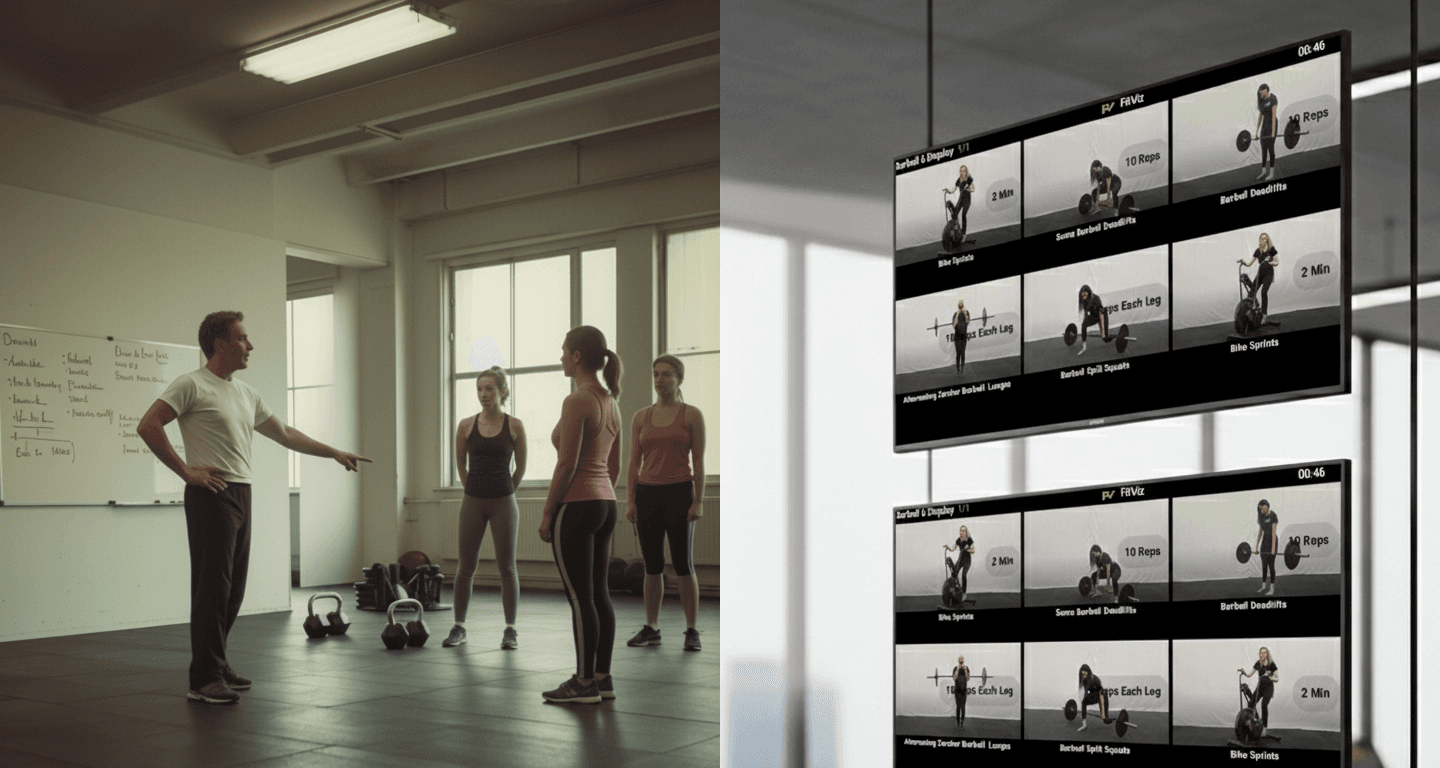Understanding Fitness Metrics: The Complete Guide
Learn what fitness metrics like heart rate, VO₂ Max, calories, and watts really mean. Discover how to use your fitness data to improve training results and achieve your goals.

Your fitness tracker, smartwatch, and cardio machines are constantly throwing numbers at you: heart rate, VO₂ Max, calories, watts. But what do these fitness metrics actually mean? And more importantly, how can you use them to get better results?
This guide breaks down the most important fitness metrics — from the basics to the more advanced — so you can make your data work for you.
Category 1: The "Everyday" Metrics
These metrics give you a baseline of your daily activity and overall health.
Resting Heart Rate (RHR)
Your heart rate (in beats per minute, or BPM) when you are fully at rest. A lower RHR (typically 60–100 BPM for most adults) often indicates a more efficient heart and better cardiovascular fitness.
Heart Rate Variability (HRV)
Measures the variation in time between your heartbeats. A higher HRV is a sign of good recovery and adaptability, while a lower HRV may indicate fatigue, overtraining, or illness.
Steps
A simple measure of your total daily movement. While the "10,000 steps" goal is popular, any increase in daily steps is beneficial to your health.
Calories Burned
An estimate of your total energy expenditure. This includes:
- Active Calories: From exercise and movement.
- Total Calories: Includes your Basal Metabolic Rate (BMR) — the energy you burn just to stay alive.
Category 2: The "Workout" Metrics
These metrics show the quality and intensity of your training sessions.
Heart Rate Zones
| Zone | % of Max Heart Rate | Description | Benefit |
|---|---|---|---|
| 1–2 | 50–70% | Light activity, good for warm-ups, cool-downs, recovery | Primarily burns fat |
| 3 | 70–80% | Aerobic zone | Improves cardiovascular endurance |
| 4 | 80–90% | Anaerobic zone | Builds lactate threshold; increases stamina |
| 5 | 90–100% | Max effort | Boosts power and top-end speed |
VO₂ Max
The maximum amount of oxygen your body can use during intense exercise. A higher VO₂ Max means your body is more efficient at delivering oxygen to muscles — the gold standard for aerobic fitness.
Pace / Speed
Tracks how fast you're moving (e.g., minutes per mile or miles per hour). Essential for runners and cyclists to measure progress.
Power (Watts)
A direct measure of your energy output — most commonly used in cycling. Unlike heart rate, which lags, power provides instant feedback on how much work you're doing.
Category 3: The "Strength" Metrics
These metrics track your progress in resistance training.
One-Rep Max (1RM)
The maximum weight you can lift for a single repetition of an exercise (e.g., squat or bench press). It's the ultimate measure of maximal strength.
Volume
The total amount of work done, usually calculated as:
Sets × Reps × Weight
Progressively increasing your training volume — a concept called progressive overload — is key to building both strength and muscle.
How to Use This Data: From Metrics to Action
Understanding these metrics is step one. Acting on them is where real progress happens.
A great coach doesn't just say "work out" — they design sessions that target specific metrics and goals:
- To improve VO₂ Max: Focus on HIIT workouts in Heart Rate Zones 4–5.
- To increase 1RM: Follow a structured strength program that manipulates volume and intensity.
- To lower RHR: Build your aerobic base with consistent Zone 2 cardio.
Connecting Metrics to Coaching: The Fit Viz Advantage
This is exactly the problem Fit Viz solves for gym owners and coaches.
Your expertise is designing effective programs — but how do you deliver that expertise efficiently to an entire class?
That's where Fit Viz comes in.
Automate Expert Programming
With the Gym Workout Generator, you can pre-schedule WODs or circuits focused on improving key fitness metrics — such as aerobic capacity (VO₂ Max) or strength (Volume).
Display Workouts Clearly
The digital workout display shows the entire class exactly what to do — including movements, reps, timers, and target heart rate zones.
Save Time, Improve Results
Fit Viz automates your content delivery, saving hours each week and eliminating repetitive explanations — allowing you to focus on coaching and motivation.
By connecting the "what" (the metrics) with the "how" (your programming), Fit Viz lets your expertise shine — and your members see measurable progress.